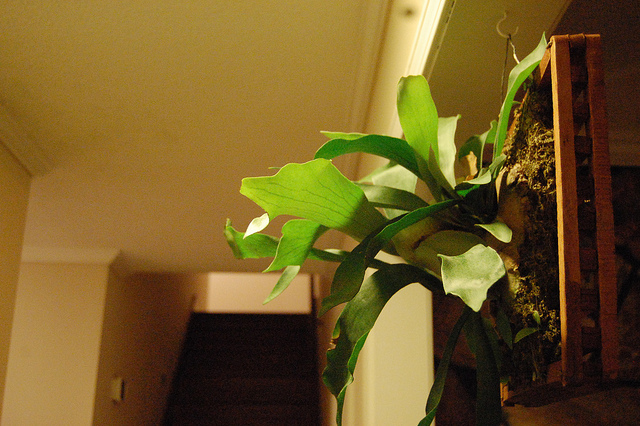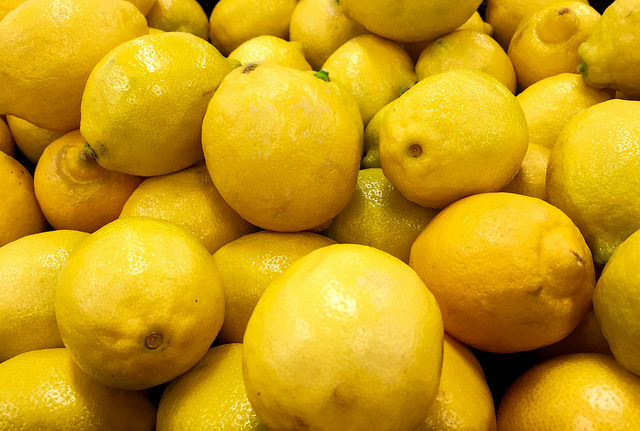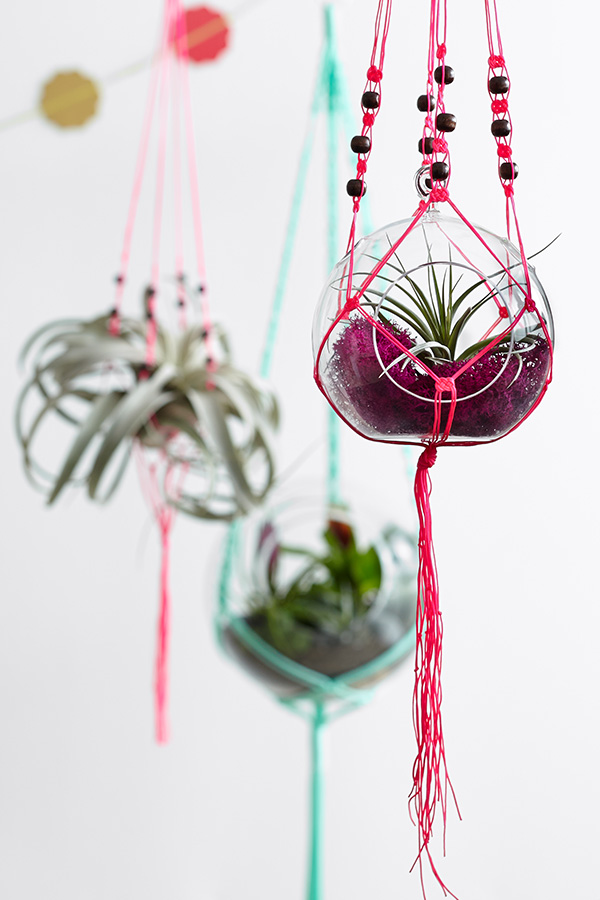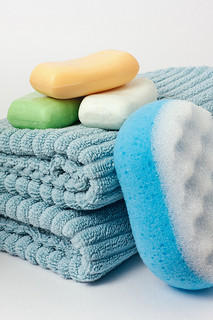Photos, posters, artwork… Some things lend themselves to framing and mounting—but what about houseplants? Epiphytes, like the popular staghorn fern, are perfectly suited to the framing treatment as they draw water and nutrients from the surrounding air (read: no soil required!). Store-bought mounted ferns can be costly, but you can easily create your own at home with a few supplies and a little elbow grease. Here's how:
1) For this project, you'll need a mounting surface, typically a wood board or plaque or a shallow crate. You'll also need clear fishing line, a picture-hanging kit, sphagnum moss, nails, and, of course, a staghorn fern.
2) Lay your mounting surface on a table, then hammer four nails into its front, in the shape of a square.
3) Wet your moss, then wring out extra moisture. Create a moss "bed" for your fern in the area between the four nails. Position your fern upon the moss, then wrap fishing wire around the nails and across the fern to affix it to the board.
For the rest of the tutorial, click though to How To Mount a Staghorn Fern on Apartment Therapy.





 Equal Housing Opportunity
Equal Housing Opportunity